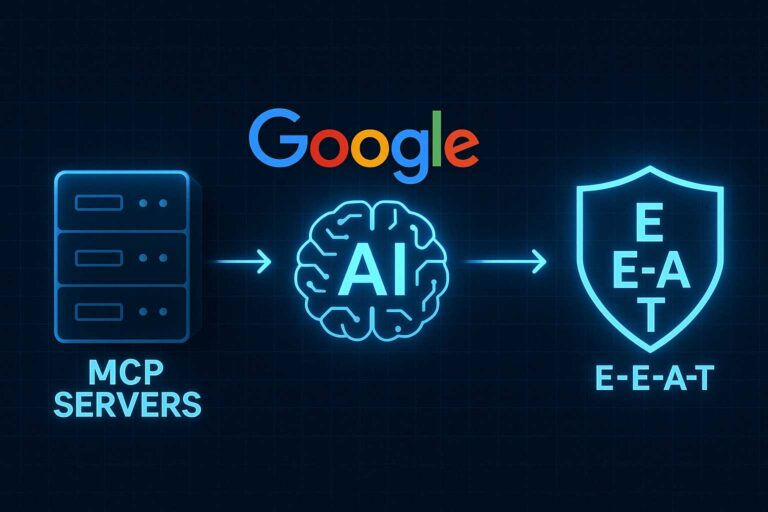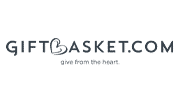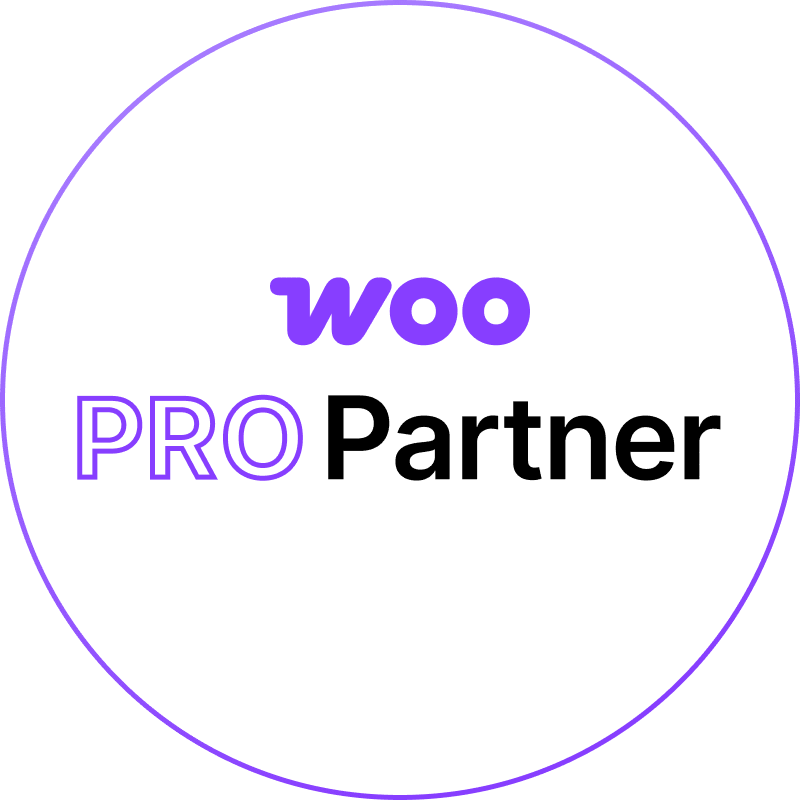Mastering E-A-T for SEO Success: Expertise, Authority, Trustworthiness Explained
E-A-T, which stands for Expertise, Authority, and Trustworthiness, is a critical framework that Google uses to assess the quality of content and the credibility of websites. Although E-A-T is not a direct ranking factor, it plays a significant role in influencing how your site performs in search engine results. By aligning your content and overall online presence with E-A-T principles, you increase your chances of ranking higher, particularly in competitive industries.
The concept of E-A-T gained prominence with the release of Google’s Quality Rater Guidelines, which instruct human reviewers to evaluate the credibility and reliability of search results. These guidelines emphasize that content demonstrating strong expertise, backed by authority and trust, is more likely to satisfy user intent. For businesses, understanding and implementing E-A-T principles is essential for achieving SEO success in 2025 and beyond.
Whether your site focuses on health, finance, e-commerce, or education, E-A-T can make or break your online visibility. Collaborating with the best SEO agency ensures that your website meets Google’s expectations while delivering valuable content to users.
The History and Evolution of E-A-T
The origins of E-A-T can be traced back to Google’s ongoing mission to prioritize quality and relevance in search results. While keywords and backlinks were once sufficient for ranking, the introduction of E-A-T marked a shift toward evaluating content based on its reliability and ability to serve user needs.
E-A-T gained widespread attention after Google’s Medic Update in 2018, which heavily impacted websites in Your Money or Your Life (YMYL) industries such as health, finance, and legal. These industries handle content that directly affects users’ well-being, making accuracy and trust paramount. Sites that failed to demonstrate adequate expertise and credibility saw significant drops in rankings, underscoring the importance of E-A-T in Google’s algorithm.
Since then, E-A-T has evolved to encompass a broader range of factors, including how well a site’s authors are recognized as experts, the quality of backlinks pointing to the site, and the transparency of business practices. In 2025, E-A-T continues to influence rankings across all industries, particularly as search engines become better at evaluating the authenticity and value of online content.
Understanding Expertise
Expertise is the cornerstone of E-A-T and refers to the knowledge and skills displayed in your content. Google values content created by individuals or organizations with demonstrable expertise in their respective fields. This is especially critical for industries where misinformation can lead to serious consequences, such as healthcare or financial advice.
To demonstrate expertise, businesses must focus on producing accurate, well-researched, and actionable content. For example, a personal finance website should feature articles written by certified financial planners, while a fitness blog might highlight insights from certified trainers or medical professionals. Including author bios that showcase qualifications and relevant experience further reinforces expertise, providing both users and search engines with proof of credibility.
Expertise also extends to understanding user intent and delivering content that directly answers questions or solves problems. For instance, an e-commerce site selling skincare products might create a detailed guide on “How to Choose the Right Moisturizer for Your Skin Type.” This content not only demonstrates knowledge but also aligns with user needs, increasing engagement and trust.
By focusing on expertise in your content, you position your business as a reliable source of information, enhancing your overall E-A-T and boosting your SEO performance.
Building Authority in Your Niche
Authority in the context of E-A-T refers to how well your website is regarded as a credible source within your industry. Google assesses authority by evaluating factors such as backlinks from reputable sites, mentions across the web, and the overall quality of your content. A site with strong authority is seen as a go-to resource, making it more likely to rank higher in search results.
To establish authority, focus on earning high-quality backlinks from respected websites in your niche. These backlinks act as endorsements, signaling to search engines that your content is valuable and trustworthy. For example, a nutrition blog that earns a backlink from a recognized medical journal or a popular health website builds its authority significantly. Engaging in guest blogging, partnering with influencers, and publishing original research are effective ways to attract authoritative links.
Content quality also plays a critical role in authority. Producing in-depth, well-researched articles, whitepapers, or case studies can position your business as an industry leader. For instance, a software company might release a comprehensive guide on “Top Trends in Artificial Intelligence for 2025,” attracting both user interest and backlinks from tech publications.
Another way to build authority is by participating in industry events, webinars, or online forums. Being quoted or mentioned in expert discussions enhances your visibility and establishes your brand as a thought leader. Over time, these efforts create a feedback loop, where your increasing authority attracts more attention and backlinks, further boosting your SEO performance.
Establishing Trustworthiness
Trustworthiness is perhaps the most critical pillar of E-A-T, as it directly influences how users perceive your business. A trustworthy website ensures that users feel secure while interacting with your content, providing accurate information and a transparent experience. Google places a high value on trust, particularly for Your Money or Your Life (YMYL) content, where misleading information can have severe consequences.
To enhance trustworthiness, ensure your website has a secure connection by implementing HTTPS. A secure site not only protects user data but also signals to Google that your website prioritizes security. This is especially important for e-commerce sites or any platform that handles sensitive user information.
Transparency is another cornerstone of trust. Clearly display your contact information, privacy policy, and terms of service to demonstrate accountability. For businesses with physical locations, including an accurate address and phone number helps establish credibility and aligns with local SEO best practices.
Customer reviews and testimonials are powerful trust signals. Positive reviews on platforms like Google Business Profile or Yelp reinforce your credibility and encourage new users to trust your brand. For instance, a local dentist with dozens of 5-star reviews is more likely to attract new patients than one with little or no online feedback.
Additionally, using fact-checked information and citing credible sources in your content enhances trustworthiness. For example, a blog post discussing healthcare tips should reference studies from recognized medical institutions or include quotes from certified professionals. These practices reassure both users and search engines that your content is reliable and trustworthy.
Content Strategies to Showcase E-A-T
Creating high-quality, E-A-T-focused content is essential for boosting your search engine rankings and building user confidence. The goal is to demonstrate expertise, authority, and trustworthiness in every piece of content you publish, ensuring it meets both user needs and Google’s standards.
Start by producing in-depth, well-researched content that answers users’ questions comprehensively. Content should go beyond surface-level information to provide actionable insights and unique perspectives. For example, a travel agency might create a detailed guide on “Top Sustainable Travel Destinations for 2025,” offering tips and resources that demonstrate expertise while engaging the audience.
Incorporating author bios is another effective strategy for showcasing E-A-T. Include credentials, professional experience, and links to other reputable work for each content creator. This approach not only boosts credibility but also allows users to connect with the individuals behind the content, fostering trust. For instance, a legal blog written by a licensed attorney is more credible than one with anonymous authorship.
Visual elements like infographics, charts, and videos can also enhance content quality and engagement. These elements simplify complex topics, making your content more accessible and shareable. For example, an infographic on “How Solar Panels Save Money Over Time” can attract backlinks and social shares while positioning your brand as an authority in renewable energy.
Lastly, regularly updating content ensures it remains accurate and relevant. Outdated information can harm your trustworthiness and rankings, so make a habit of revisiting older posts and refreshing them with current data or insights. By implementing these content strategies, businesses can effectively showcase E-A-T, improve user satisfaction, and achieve lasting SEO success.
The Role of Technical SEO in E-A-T
Technical SEO is the backbone of a successful E-A-T strategy, ensuring that your website functions smoothly and delivers a seamless user experience. While E-A-T primarily focuses on content and credibility, technical elements like site performance, security, and usability directly influence how search engines and users perceive your website.
One critical aspect of technical SEO is site speed. A slow-loading website can frustrate users and lead to higher bounce rates, signaling to Google that your site may not provide a good user experience. Optimizing for speed—such as by compressing images, enabling browser caching, and using a content delivery network (CDN)—enhances user satisfaction and supports your E-A-T efforts. For example, an e-commerce site with fast-loading product pages is more likely to convert visitors into customers and retain their trust.
Another key factor is site security. Implementing HTTPS ensures that user data is protected, which is especially important for sites handling sensitive information like online payments or personal details. A secure connection not only builds trust with users but also aligns with Google’s ranking preferences, as HTTPS is a known ranking signal.
Mobile optimization is equally important. With mobile-first indexing now standard, your website must perform well on mobile devices. A mobile-friendly design improves usability, ensuring users can easily navigate and interact with your content. For instance, a healthcare website optimized for mobile devices is better equipped to provide reliable information to users conducting voice searches on their phones.
By addressing technical SEO as part of your E-A-T strategy, you create a solid foundation that supports both content quality and user trust, ultimately improving your rankings and credibility.
E-A-T and Your Money or Your Life (YMYL) Content
Your Money or Your Life (YMYL) content refers to topics that directly impact users’ well-being, including their health, finances, safety, and overall quality of life. For YMYL content, Google holds websites to an even higher standard of E-A-T, making it essential for businesses in these industries to demonstrate expertise, authority, and trustworthiness at every level.
In the healthcare industry, for example, users rely on accurate, reliable information to make critical decisions. A medical website should ensure that its articles are written or reviewed by qualified professionals, such as doctors or pharmacists. Including author credentials and references to reputable sources reinforces credibility, assuring users that the information is trustworthy.
Similarly, financial services websites must provide clear, accurate guidance backed by expert insights. For instance, a blog post on “How to Build an Emergency Fund” should include actionable advice from certified financial planners and cite data from reliable studies. Inaccurate or misleading content in these fields can lead to serious consequences for users, harming trust and rankings.
To optimize YMYL content for E-A-T, businesses should focus on transparency, accuracy, and user intent. Transparency includes clearly displaying author bios, contact information, and editorial policies. Accuracy involves fact-checking all content and citing credible sources, such as peer-reviewed studies or government publications. Aligning content with user intent ensures it meets the needs of your audience, whether they’re seeking advice, solutions, or in-depth research.
By prioritizing E-A-T for YMYL content, businesses in sensitive industries can build trust with users, satisfy Google’s quality standards, and secure stronger search rankings.
Measuring and Monitoring E-A-T Performance
To maintain strong E-A-T signals and continually improve your SEO strategy, it’s important to measure and monitor your performance regularly. While E-A-T is not a direct ranking factor, several metrics and tools can help you gauge your progress and identify areas for improvement.
Start by tracking user engagement metrics, such as bounce rates, session durations, and pages per session. High engagement indicates that users find your content valuable and trustworthy, while low engagement may signal issues like irrelevant content or poor usability. For example, if users spend significant time on a comprehensive guide to small business taxes, it suggests the content aligns with their needs and builds trust.
Backlink analysis is another key area to monitor. Tools like Ahrefs and SEMrush can help you evaluate the quality and quantity of backlinks to your site. High-quality backlinks from authoritative sites strengthen your E-A-T signals, while toxic or irrelevant links can harm your credibility. Regularly auditing your backlink profile ensures that your link-building strategy supports your overall SEO goals.
Google Search Console provides valuable insights into your site’s performance in search results, including impressions, clicks, and rankings for key queries. Analyzing this data helps you understand how well your content resonates with users and whether it meets Google’s expectations for E-A-T.
Social proof, such as customer reviews and testimonials, is another metric to consider. Positive reviews on platforms like Google Business Profile or Trustpilot enhance your trustworthiness and can directly impact local SEO performance. Monitoring and responding to reviews ensures your online reputation remains strong and user-focused.
By consistently measuring and monitoring E-A-T performance, businesses can refine their strategies, address weaknesses, and maintain a competitive edge in search rankings.
Preparing for the Future of E-A-T in SEO
As Google’s algorithms become increasingly sophisticated, the importance of E-A-T will only grow. Businesses that proactively adapt to these changes will be better positioned to succeed in a competitive digital landscape. Preparing for the future of E-A-T involves both anticipating trends and investing in sustainable, user-focused practices.
One key trend is the integration of AI in search engine algorithms. AI-powered tools like Google Bard and advanced natural language processing are enhancing Google’s ability to evaluate content quality and user intent. Businesses should focus on creating conversational, high-value content that aligns with these advancements. For instance, an AI-focused tech blog could leverage structured data and conversational writing to capture voice search traffic.
Another emerging trend is the increasing emphasis on video and multimedia content. Google’s ability to evaluate non-text content is improving, making it important to produce videos, podcasts, and interactive graphics that demonstrate expertise and authority. A fitness brand, for example, might create video tutorials featuring certified trainers to build trust and attract backlinks.
Partnering with a professional best SEO agency can help businesses stay ahead of these trends and ensure their E-A-T strategy evolves alongside Google’s expectations. From optimizing technical SEO to creating high-quality content, an expert team provides the tools and insights needed for long-term success.
By staying proactive and prioritizing user-focused, high-quality practices, businesses can prepare for the future of E-A-T and secure lasting SEO success.

















